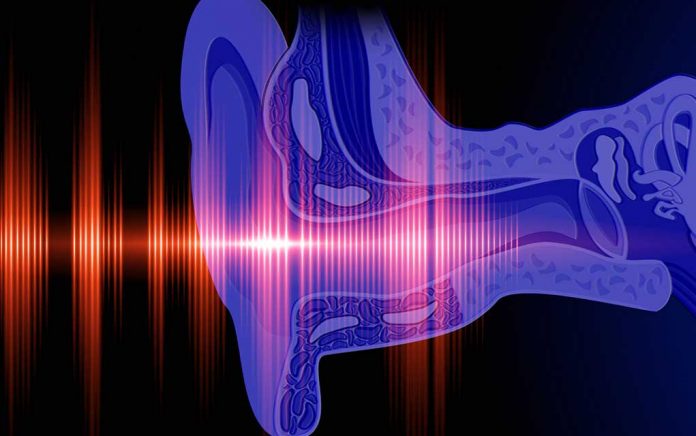
Some forms of hearing loss can be harder to treat than others. Conductive hearing loss occurs when damage, defect, infection or obstruction affects the tiny bones along the middle ear, impairing their ability to stimulate the eardrum. Prosthetic implants have been available, but they have their setbacks. With advances in 3-D printing technology, that could soon change.
Researchers at the University of Pretoria, in South Africa, have performed the first successful middle ear transplants using new advances in 3-D printed prosthetics. They were able to size the implants perfectly for each patient using CT imaging, making the surgeries safer and less invasive. Although rare, complications in current middle ear transplants can include implant failure, chronic pain, infection, nerve damage and problems healing. 3-D printed prosthetics could reduce those risks. See the full article for details on this exciting medical breakthrough.
Get the Latest on This High-Tech New Cure for Deafness.
Middle Ear Prosthetics
Most problems with the middle ear can be corrected, to varying degrees, using hearing aids and middle ear implants. Middle ear implants aren’t visible, which makes them more aesthetically appealing than exterior hearing aids, but they must be surgically transplanted. Current prosthetic devices, usually made of titanium, are considered safe for surgical use.
Current Pitfalls
Prosthetic middle ear transplants aren’t anything new, but depending on the cause of the hearing loss, success rates range between 50% and 95%. Severe complications, although uncommon, can include failure for the implant to anchor into the skull bone, chronic pain, infection, nerve damage and poor or incorrect skin healing around the surgery site.
Current surgeries to transplant them are also invasive, requiring a hole to be drilled in the skull. Another major problem is variations in size between middle ear bones, which can be significant. The bones are small, and there’s little room for error; if the prosthetic doesn’t fit just right, it may cause more harm than good. Given the size of the middle ear itself, complications from faulty prosthetic dimensions alone can lead to device failure.
In 5% of cases, middle ear implants lead to increased hearing loss. When the surgery is used to replace a particular middle ear bone called the stapes, there’s a 1% chance of it leaving the patient with total hearing loss. Children are more likely to suffer from complications than adults.
3-D Advances
Using CT imaging and 3-D printing technology, researchers at the University of Pretoria, in South Africa, may have found a solution. The combination of technologies offers the precision necessary to create naturally fitting middle ear prosthetics. Their dimensions are calculated based on detailed CT images, and they’re then printed using titanium.
Using these advances, the Pretoria research group has completed two successful middle ear transplants. Both recipients had suffered underdeveloped middle ears. Both are now deemed cured. The researchers believe the combined technologies could help cure deafness caused by congenital birth defects, structural damage and other issues that affect the middle ear. The new technology may also increase safety. The 3-D printed prosthetics can be transplanted endoscopically, leaving less room for trauma-related complications.
Conductive hearing loss might soon be much easier to treat thanks to innovations in 3-D printing technology. Two people have been cured of their deafness and with a far less invasive procedure than previous prosthetic middle ear recipients. Hopefully, they’ll be the first of many.
~ Here’s to Your Healthy Ascension!
Copyright 2019, AscendHealthy.com













